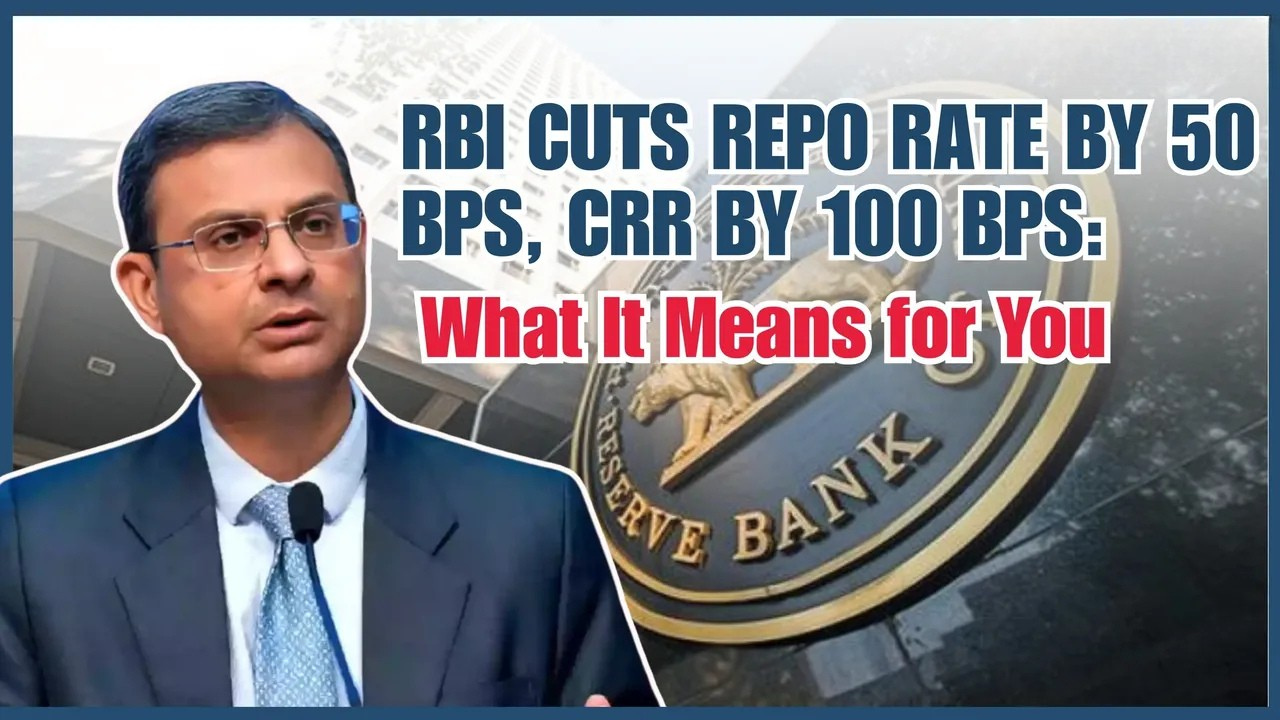- Courses
- GS Full Course 1 Year
- GS Full Course 2 Year
- GS Full Course 3 Year
- GS Full Course Till Selection
- MEP (Mains Enrichment Programme) Data, Facts
- Essay Target – 150+ Marks
- Online Program
- GS Recorded Course
- NCERT- First Ladder
- Polity
- Geography
- Economy
- Ancient, Medieval and Art & Culture AMAC
- Modern India, Post Independence & World History
- Environment
- Governance
- Science & Technology
- International Relations and Internal Security
- Disaster Management
- Ethics
- Current Affairs
- Indian Society and Social Issue
- CSAT
- 5 LAYERED ARJUNA Mentorship
- Public Administration Optional
- ABOUT US
- OUR TOPPERS
- TEST SERIES
- FREE STUDY MATERIAL
- VIDEOS
- CONTACT US
Surge in Gold Loan NPAs - A Growing Concern
Surge in Gold Loan NPAs - A Growing Concern
31-12-2024

- A Non-Performing Asset (NPA) refers to a loan where the borrower has not paid the interest or principal for 90 days or more.
- When this happens, the loan is considered defaulted or non-performing.
- Gold Loan NPA Issue: In December 2024, There was a report of a sharp increase in gold loan NPAs, meaning more people have failed to repay loans taken against gold.
- This is a sign of rising financial stress among borrowers, especially due to the slowing economy.
Surge in Gold Loan NPAs
-
Recent Data:
- Gold loan NPAs rose from ₹5,149 crore in March 2024 to ₹6,696 crore in June 2024, a 30% increase.
- Banks saw a sharp 62% rise in NPAs, going from ₹1,513 crore in March to ₹2,445 crore in June 2024.
- NBFCs (Non-Banking Financial Companies) saw a 24% increase, from ₹3,636 crore in March 2024 to ₹4,251 crore in June 2024.
- Why NPAs Are Rising: This increase in defaults is mainly due to borrowers struggling to repay loans because of financial problems caused by a weak economy.
Gold Loan Market Trends
- Gold Loan Growth (2022-23): The gold loan market grew by only 14.6% in FY2022-23, which is slower than in previous years.
-
Economic Factors Affecting Loans:
- Gold Prices Rising: As gold prices went up, more people pledged their gold to get loans for urgent expenses like medical bills, education fees, and family needs.
- This led to more people taking loans but not being able to repay them.
- Loan Defaults: Many borrowers could not repay their loans because they had borrowed more than they could afford.
- Many also did not realize that failing to repay would lower their credit score.
-
Outstanding Loan Amount (October 2024):
- The total gold loan amount of banks increased to Rs 1,54,282 crore in October 2024, up from Rs 1,02,562 crore in March 2024.
- The combined gold loan book (from both banks and NBFCs) is now estimated to have crossed Rs 3 lakh crore.
Reasons for Rising Defaults
- Economic Slowdown: As the economy slows down, people are earning less money and have difficulty paying back their loans.
- Growing Debt: Many borrowers pledged their gold to meet growing expenses like household bills, education fees, and healthcare costs.
- This led to more borrowing, which many could not repay.
-
Borrower Mismanagement:
- Many people did not fully understand the cost of the loans they took, including the interest rates and how much they had to repay.
- When defaults happen, borrowers often don't realize that their credit score drops, making it harder for them to borrow in the future.
- Lack of Financial Knowledge: Many borrowers do not know the full impact of defaulting on gold loans, such as lower credit scores and more difficulty borrowing in the future.
Growth in the Gold Loan Market
-
Banks vs NBFCs Growth (FY2020-FY2024):
- Banks have grown their gold loan business by 26% per year (CAGR) between FY2020 and FY2024.
- A major part of this growth came from agricultural loans backed by gold.
- NBFCs grew their gold loan business by 18% per year (CAGR) during the same period.
- Their focus was on retail loans for personal and business needs.
-
Gold Loan Sector Growth:
- The overall gold loan sector has grown at a rate of 25% per year between FY2020 and FY2024, with banks taking a bigger share of this growth.
- There has been a shift from unorganized gold loans (informal lenders) to organized gold loans (provided by banks and NBFCs).
Impact of Rising Gold Loan NPAs
- The increase in gold loan defaults is a serious concern for both banks and NBFCs, as these loans are typically safe because they are secured by gold.
- A rise in defaults can cause liquidity issues, where lenders may struggle to have enough money to offer new loans or meet other financial needs.
- Rising defaults could lower the credit quality of banks and NBFCs, making it harder for them to borrow money or offer loans in the future.
-
RBI's Response:
- The Reserve Bank of India (RBI) has noticed some irregularities in how gold loans are being handled, such as poor management of loan-to-value ratios, wrong risk assessments, and lack of transparency during gold auctions.
- The RBI has asked banks and NBFCs to improve their loan policies and improve monitoring to prevent more defaults.
- The Loan-to-Value (LTV) ratio is a financial term used by lenders to assess the risk of a loan.
- It represents the percentage of the loan amount relative to the value of the asset being used as collateral.
- In simpler terms, it shows how much of the asset’s value is being borrowed.
Steps to Address the Problem
- Better Credit Assessment: Banks and NBFCs should improve their credit checks before approving gold loans.
- They should make sure borrowers can afford to repay the loan.
- Financial Education: There is a need for more financial literacy programs to help borrowers understand the full cost of taking gold loans, including how interest works and the consequences of defaulting.
- Flexible Repayment Plans: Lenders should offer more flexible repayment options, such as daily payments, bullet payments, or loan restructuring in case of financial trouble.
- Stronger Monitoring: Banks and NBFCs should improve how they track loan-to-value (LTV) ratios (the amount of the loan compared to the value of the gold) and make sure their gold auctions are transparent.
Industry Perspective
- Gold loans are popular because they offer easy access to cash for short-term financial needs, with flexible repayment terms and no prepayment penalties.
- The sector has seen steady growth, but with the rise in defaults, lenders must be careful and strengthen their risk management practices to avoid further problems.
Conclusion
The 30% rise in gold loan NPAs highlights a serious issue in India’s financial sector. This increase is due to the slowing economy and growing debt levels among borrowers. Financial institutions must improve their loan policies, focus on financial education for borrowers, and offer better repayment options to reduce defaults. The future stability of the gold loan market depends on better risk management, clearer loan terms, and more responsible borrowing practices to prevent further defaults and protect both lenders and borrowers.
|
Also Read |
|




